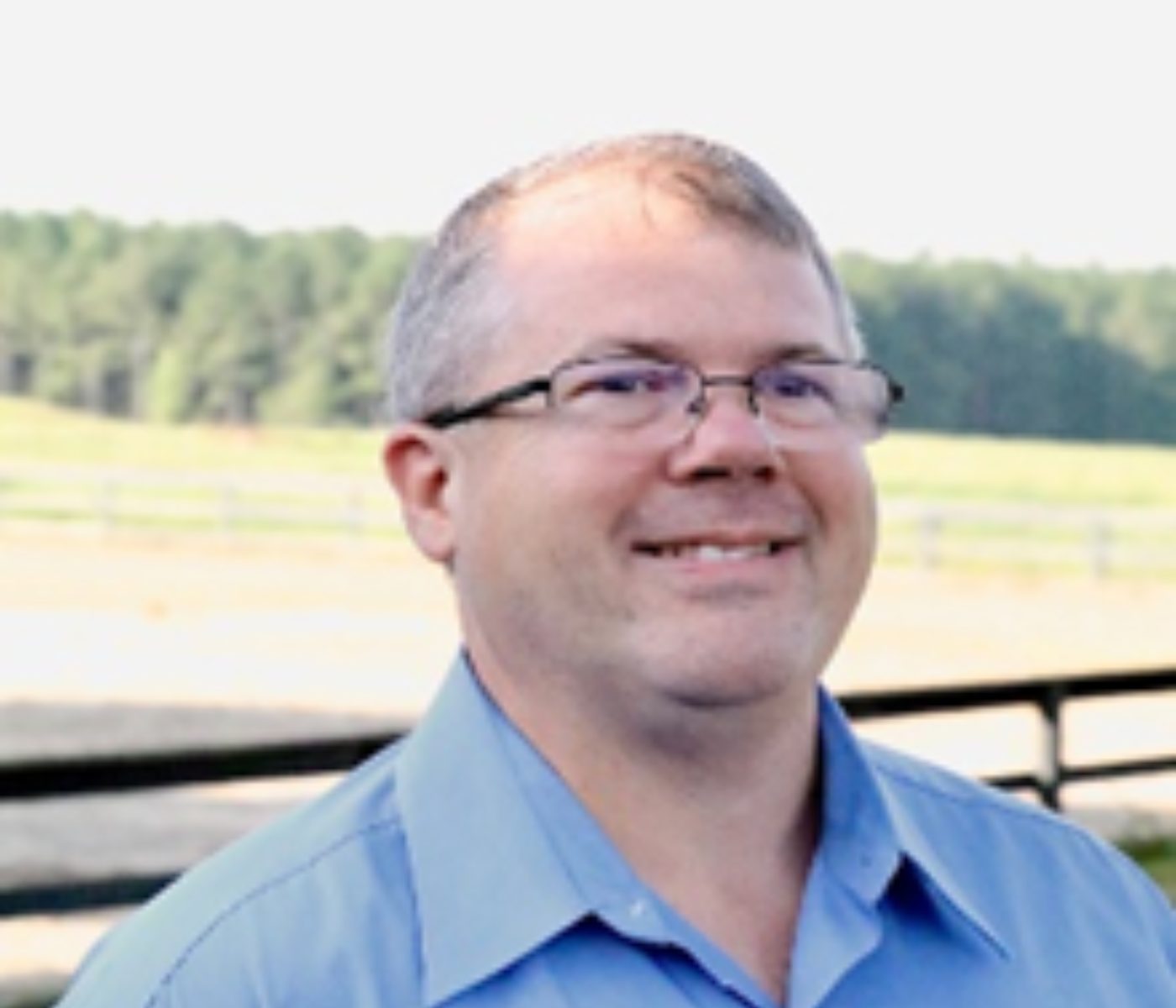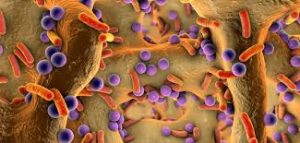In a recent interview with Dr. Todd Riley Callaway, Associate Professor in the Department of Animal and Dairy Science at the University of Georgia, nutriNews International had the opportunity to delve into the fascinating world of cutting-edge approaches aimed at modulating gut microbiota functionality.

Enhancing the gut microbiome of animals while ensuring food quality and safety
In a recent interview with Dr. Todd Riley Callaway, Associate Professor in the Department of Animal and Dairy Science at the University of Georgia, nutriNews International had the opportunity to delve into the fascinating world of cutting-edge approaches aimed at modulating gut microbiota functionality. The focus of our discussion was on enhancing the quality and microbiological safety of animal-derived foods through innovative strategies. With Dr. Callaway’s expertise and research background, we explored the latest advancements in this field and uncovered promising insights into how the manipulation of gut microbiota can revolutionize the production and safety of animal-based products.
nutriNews International: Hello everyone and welcome to a new episode of our series of technical interviews. I am Alvaro Guzman and I am part of the editorial staff at nutriNews International. On behalf of our channel, I want to welcome today’s guest, Dr. Todd Callaway, whom is an associate professor of ruminant nutrition and microbiology at the University of Georgia. Dr. Callaway, thank you for being here with us. It is a pleasure to have you here.
Dr. Callaway: It’s my pleasure. Thank you.
nutriNews International: Before we start, could you just tell us a little bit about yourself about your academic background, and about your current role at the university?
Dr. Callaway: I grew up on a real small farm of beef cattle and horses and some leftover dairy cows in the middle of Georgia. I came as a student to the University of Georgia where I completed my bachelor’s degree. Like most people that get into this, I was planning to be a veterinarian and I discovered being a vet was the same thing every day. Meanwhile, I found that nutrition was a key tool in influencing animal production. Determining how we can do things better and how we can improve animal feeding and its effects on animal health, human health, and food safety. Hence, I drifted into ruminant nutrition and worked with a professor here at the University of Georgia for my master’s degree. I thought this was really neat. I took the opportunity as an undergrad to do research and lab work. I realized I was good at this. After my masters I was thinking about going to work for the industry for my PhD . However, I got an offer to go to Cornell for my PhD with the guy that was the leading rumen microbiologist in the world, and I decided to take this opportunity. I went to Cornell for three years, it was cold and miserable, lots of snow, but I learned an incredible amount.
When I was done with my PhD, I went to work at College Station Texas for the United States Department of Agriculture, at the Ag Research Service. I worked with what’s called the food and safety research unit. Our mission was to improve food safety in cattle, swine, while another one of our groups looked at poultry. Therefore, we worked across species, looking for ways in which we could improve food safety and farm productivity. I did this for about 17 years and then became national program leader of food safety.
I missed being at the lab bench a great deal. ARS was a fantastic agency, great place to work, but I really missed being at the lab. I got the opportunity to return to my alma mater after a year of my role as a national program leader. I took it and came back and have been here at UGA for about six years now.
Most of my research is focused on understanding the interface between animals and microbes, primarily in ruminants. However, we also work with pigs and poultry as well. Delving into questions like: how do these microbial populations work? How do microbial populations function and interact? How do these interactions influence the health of the animal host, and how do they impact the quality of animal-derived products? Considering that these factors affect food safety, availability and sustainability. Therefore, it is kind of this holistic area where I sit in the middle of a lot of things. I always tell the joke that I tell the nutritionist, I’m a microbiologist, while I tell the microbiologist that I’m the nutritionist, and you don’t let them talk to each other, So, in summary, my whole career has transpired in that space between those two big areas.

nutriNews International: Very nice and very enriching previous experiences. I think you’re the right person to talk to, about the topic will be bringing up today. Firstly, could you tell us what role does the gut microbiota play in the quality and safety of animal derived foods?
Dr. Callaway: Well, it plays a very large role. However, we still don’t truly grasp its true impact because a lot of what we’re doing is we’re trying to understand how an ecosystem of these microbes exists within another ecosystem. Hence, trying to separate those two impacts has been very difficult. There’s some work we’re doing with a company here in Georgia called Kelly products, where what we are trying to do is sort out the following questions: How much of the performance traits that we see in the quality of animals like marbling in beef cattle, is determined by genetics? Versus how much is determined by the environmental impact linked nutrition? Evaluating what portion of this is associated with the host’s microbial ecosystem. Therefore, we still don’t have a number. I can’t say 40%, or 60%, or 90%, at this point, but we’re trying to understand the scale, and scope of those impacts. Nonetheless, it really looks like you can basically make or break the animals through that microbial population. If you don’t have a good one, your best performing animals aren’t going to be worth anything. On the other hand, you can make really crappy animals genetically speaking, look like good animals, by feeding them adequately and having a well-balanced microbial population. Therefore, it’s not that the animal will necessarily die without this, but you can ruin some good animals by not having proper nutrition or microbial coverage.
nutriNews International: In regards to the nutritional side of things, and how we can modulate that gut microbiota. What are some of the products and innovative additives being used, or available nowadays, that are aimed at enhance enhancing gut microbiota functionality in food animals? What are some examples?
Dr. Callaway: Well, right now, is kind of a golden age for what we call alternatives to antimicrobials. As antibiotics are becoming less viable, and in some cases, they have been completely banned as growth promoters. Therefore, their use has become highly restricted…
You can watch the full interview on our youtube channel
Subscribe now to the technical magazine of animal nutrition
AUTHORS

Nutritional Interventions to Improve Fertility in Male Broiler Breeders
Edgar Oviedo
The Use of Organic Acids in Poultry: A Natural Path to Health and Productivity
M. Naeem
Synergistic Benefits of Prebiotics and Probiotics in Poultry, Swine, and Cattle
Gustavo Adolfo Quintana-Ospina
Hybrid Rye Potential in Laying Hen Feed Rations
Gwendolyn Jones
A day in the life of phosphorus in pigs: Part I
Rafael Duran Giménez-Rico
Use of enzymes in diets for ruminants
Braulio de la Calle Campos
Minerals and Hoof Health in the Pregnant Sow
Juan Gabriel Espino
Impact of Oxidized Fats on Swine Reproduction and Offspring
Maria Alejandra Perez Alvarado